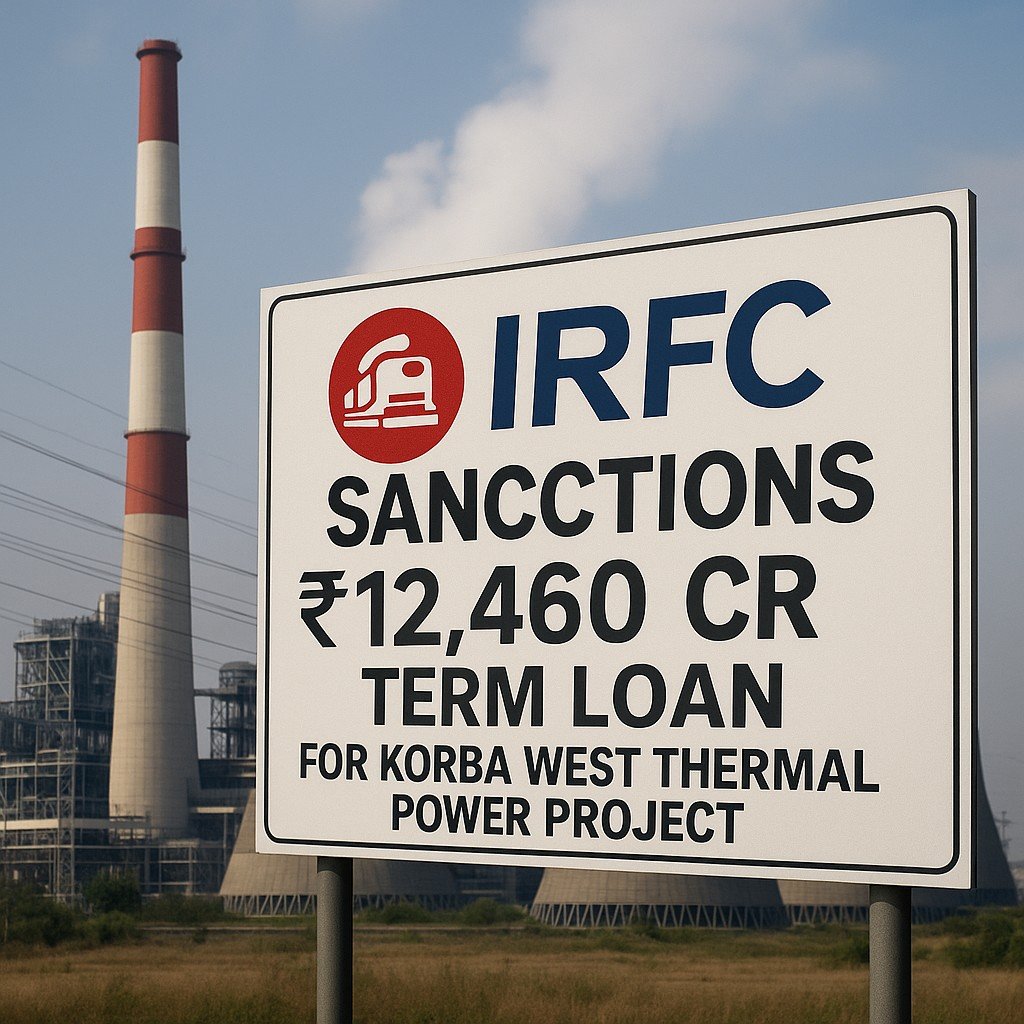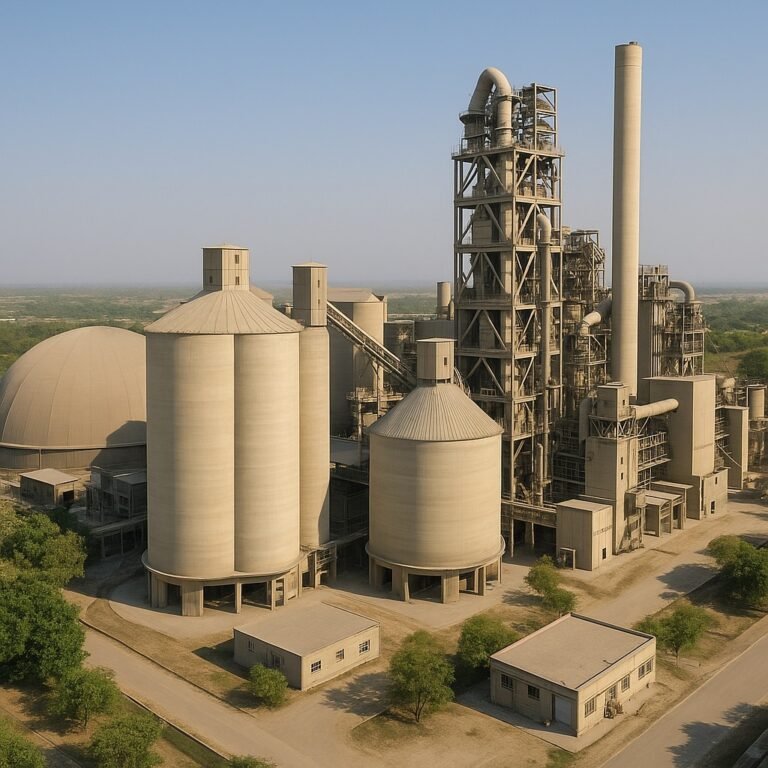
The Indian Railway Finance Corporation (IRFC) has sanctioned a Rupee Term Loan (RTL) of ₹12,460 crore to the Chhattisgarh State Power Generation Company Limited (CSPGCL) for the development of a new 2×660 MW supercritical thermal power project at HTPS Korba West.
This move marks a significant investment linking India’s rail financing ecosystem to the power sector’s capital expenditure pipeline — reinforcing IRFC’s evolving role beyond just railway assets.
Strengthening the Rail–Power Nexus
IRFC, traditionally known for funding locomotives, tracks, and railway infrastructure, is increasingly aligning with India’s larger infrastructure push. By financing a thermal power plant, IRFC is tapping into the power-plant–rail logistics interplay:
- Fuel supply & coal logistics: Coal for a thermal plant typically travels via rail. Funding power projects helps ensure upstream demand for rail freight.
- Energy security & demand growth: As India’s economy grows, demand for power rises. More plants mean stable backing for both generation and transmission sectors, boosting investment in complementary infrastructure.
- Integrated infrastructure financing: IRFC’s capital base and sovereign backing can help bridge gaps for long-gestation, high ticket size projects that commercial banks may find risky.
Loan Details & Structure
- The ₹12,460 crore sanction is to CSPGCL, the state power entity of Chhattisgarh.
- The capacity target is 2 × 660 MW in supercritical configuration, a technology aimed at higher efficiency and lower emissions per unit of output.
- The funding is long term in nature, meant to support construction, equipment procurement, and commissioning phases.
While IRFC’s press details about interest rates, repayment schedule, and security cover are still pending public disclosure, this size of sanction signals strong government and institutional backing.
Implications & Market Signals
For IRFC
- Diversification of portfolio: This loan underscores IRFC’s widening remit from pure railway finance to broader infrastructure financing.
- Credit and reputational leverage: A successful project execution helps reinforce IRFC’s credit credentials for future large-ticket infra loans.
- Higher capital utilization: It enables better deployment of liquidity into higher yielding assets in sectors aligned with national infrastructure goals.
For CSPGCL / Chhattisgarh Power Sector
- The project pushes forward Chhattisgarh’s power capacity expansion plans, with expected benefits in grid stability and industrial power supply.
- With backing from a central PSU (IRFC), the financial closure outlook is sturdier, helping mobilize further equity, EPC contracts, and equipment orders.
For Energy & Rail Ecosystems
- Boosts demand for coal movement by rail, incentivizing freight earnings for Indian Railways.
- Encourages peripheral industries—boilers, turbines, mining, coal handling systems—to scale up order books.
- Helps India inch toward its capacity goals, especially in thermal energy, even as renewables grow.
- Financial Closure & Sanction Effective Date
Will CSPGCL achieve full financial closure (equity + debt) within 3–6 months? When will the RTL agreement take effect? - Drawdown & Disbursement Timeline
How fast will IRFC disburse money — over 24, 36 or 48 months? The pace influences construction, capex cost escalation, and project viability. - Interest Rate & Security Terms
The interest spread, moratorium period, and the nature of collateral will matter for risk perception. - Execution Risk & Monitoring
Given long lead times, monitoring how the project handles delays, environmental clearances, supply chain bottlenecks will be essential. - Regulatory / Policy Changes
Any shifts in power tariffs, coal policy, or central incentives (coal linkage, carbon regulation) can reshape project economics.
By giving ₹12,460 crore to CSPGCL for the Korba West thermal plant, IRFC is showing that finance for big projects is now linked together — railways, power, and capital. If this project is done well, it can become an example of how public finance can support India’s goals of more power capacity, cleaner energy, and stronger infrastructure.












